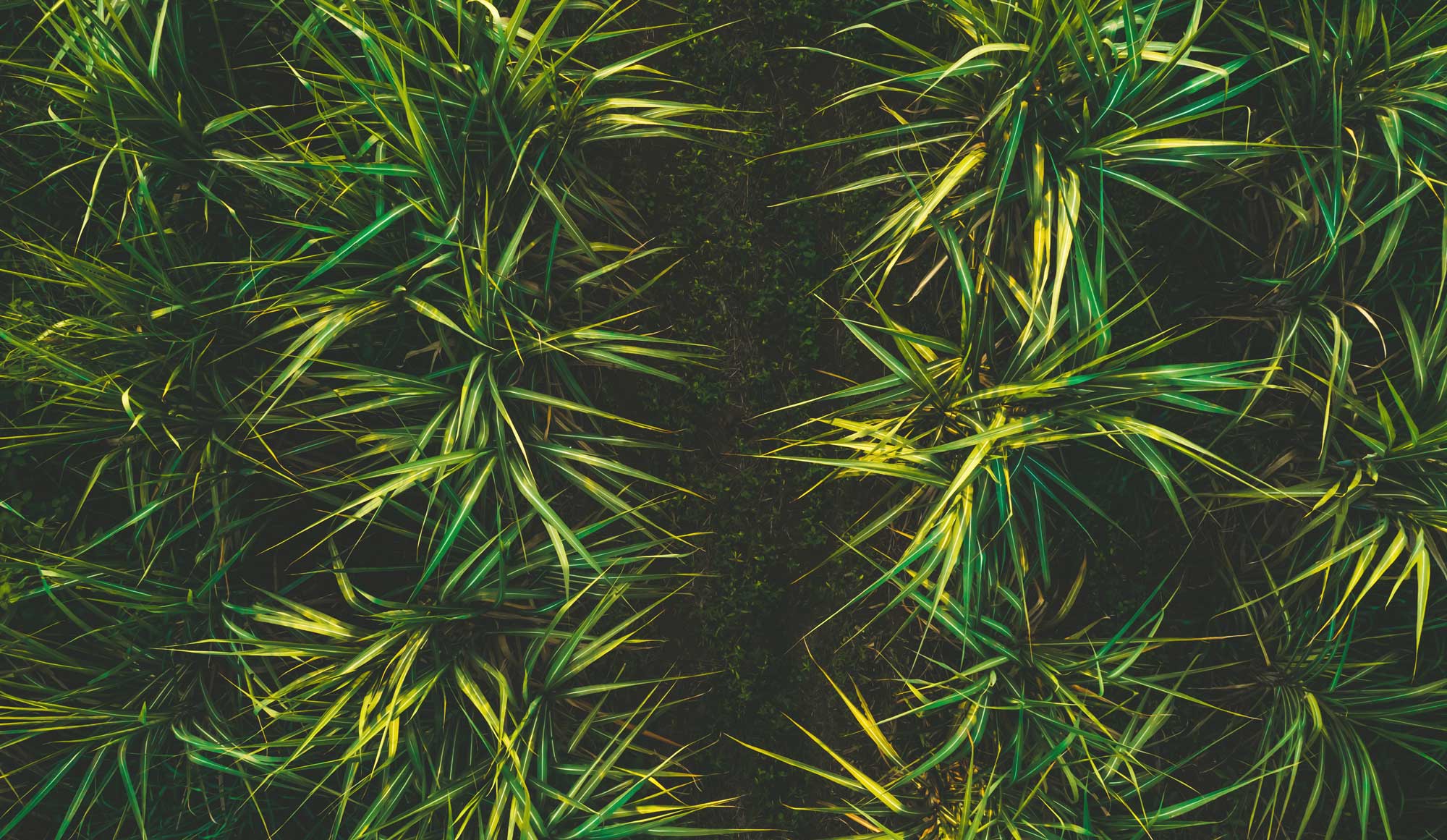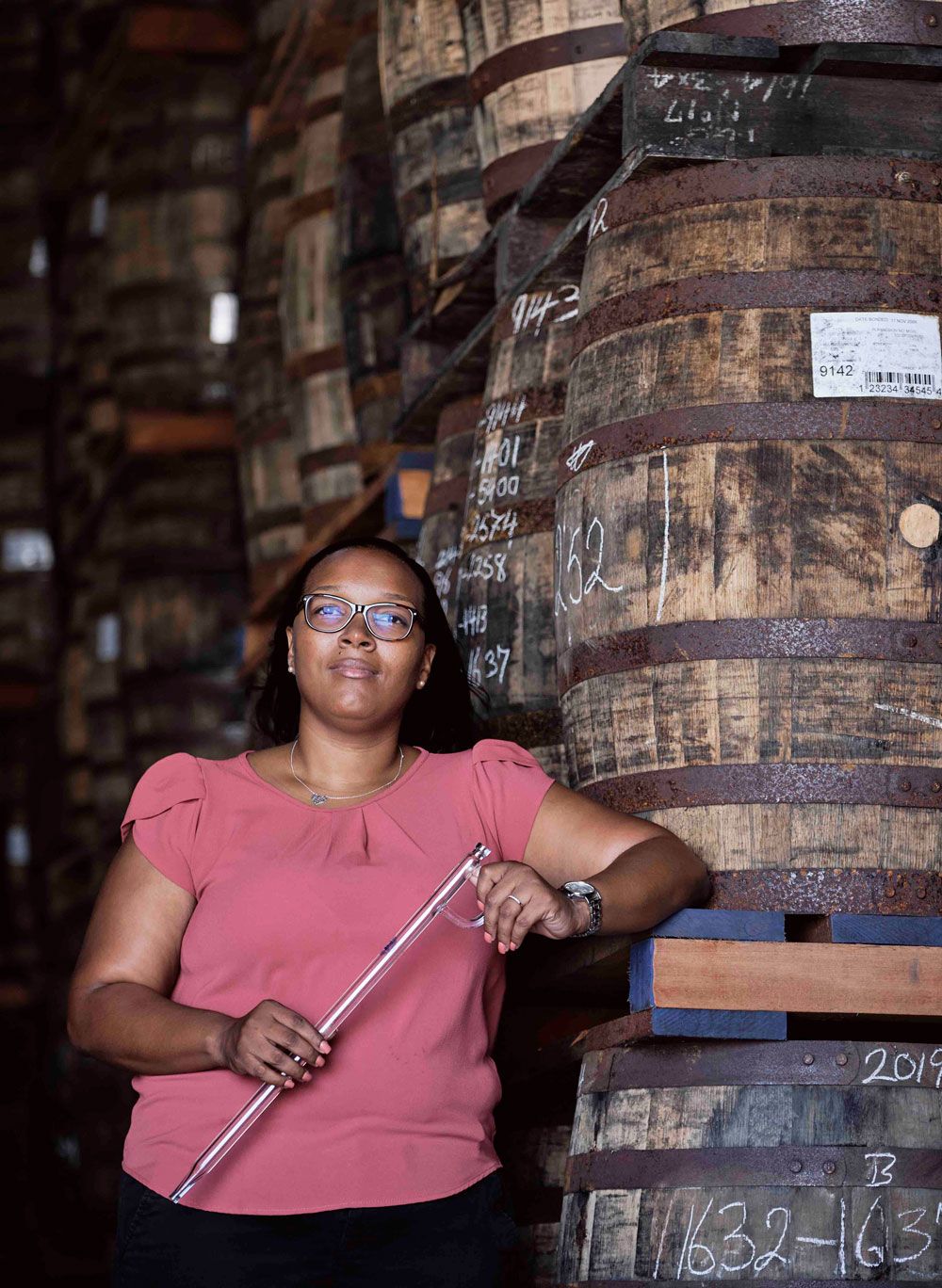Rum is famously difficult to categorise: there is no set of broadly agreed upon rules which govern the category, no independent body that declares what is rum and what isn’t rum. It isn’t geographically bound like American or Scotch whisky — many brands blend together rums distilled in a number of different countries.
Whether or not this is a good or bad thing, though, depends on where you stand. On the one hand, the lack of standardisation means that when you head into the bottle shop or the bar and pick a rum to drink, it can vary widely from what you think rum should taste like. On the other hand, however, this means that no matter how particular you are in your tastes, the sheer scope of the rums produced across the globe means that there will be a rum for you.
But to know which rum suits you it helps to know how flavour is created in these sugarcane spirits.

The first element: the base material
What is rum made from? Simply put, sugar. But to be more nuanced — and correct — rum is made from sugarcane products.
Sugarcane’s Latin name is Saccharum officinarum. When we think of the long, grassy plant you might think of Queensland, or the Caribbean. But sugarcane got its start in Papua New Guinea, some time around 10,000 years ago, when the people there first began to domestics the plant, which they valued for the sweet juice inside the reeds. Pure, calorific goodness.
The sweet stuff also had a home on the subcontinent, with a native species called Saccharum barberi; that’s where in 325BC one of Alexander the Great’s generals referred to sugarcane as a reed which “brings forth honey without the help of bees, from which an intoxicating drink is made though the plant bears no fruit.”
China also has its own species of sugarcane, Saccharum sinense.
These varieties, according to writer Amy Stewart’s The Drunken Botanist, combined with the stuff from PNG and would end up becoming successful varieties in Europe. And it’s from Europe that sugarcane would find its way to the Caribbean.
But the plant is just the start. It’s what you do with it — what you make from it — which really sets up the flavour you’ll get down the track when it becomes rum.
Broadly speaking, you can split sugarcane spirits into two archetypes: those made from sugarcane juice, and those made from the byproducts of the sugar making process. These byproducts can take the form of a syrup, or in teh form of molasses.
Rhum agricole and cachaca are two examples of spirits made from sugarcane juice; it’s this base which gives these spirits their signature grassy, sometimes herbal-like character.
There is a huge variety of rum made from molasses, ranging in colour from light to dark, and in flavour from delicate and aromatic all the way through to rich, weighty, and pungent spirits.
Of course the base material for the spirit is just one part of the flavour production process. The next step is fermentation.
Fermentation
Fermentation is where flavour creation really gets going. The choices made here will influence what is distilled at the next stage.
First, a refresher on fermentation: fermentation is the name we give to the process by which yeasts consume sugars, and in the process create alcohol. But it’s not just alcohol that this process creates. Along the way, yeast creates carbon dioxide as well — hence the bubbling fermentation process — but it also creates flavour.
This comes in the form of glycerol, esters, organic acids and aldehydes. These all contribute to texture and flavour of the fermented wash. And it’s the esters in particular which give some rums their pungent, rich character — see for example the high-ester rums of Jamaica.
Fermentation length: as it goes with other fermented beverages, so it goes with fermenting sugarcane spirits. The longer the fermentation process takes, generally speaking, the more eatery flavour compounds are created by the fermentation process.
Dunder: the use of dunder is one technique rum distillers use to create richer, more flavoursome rums, whilst aiding the production of a consistent spirit across multiple batches.
What is dunder? When the molasses (or sugarcane juice) is done fermenting, the yeasts that had been in there converting sugars into alcohol eventually die. These dead yeasts — known in the wine world as lees — and any other living yeasts left in the was, are then put into the still for distillation. Once distillation is complete, the alcohol has been removed, but what is left over is a concentrated waste product. This waste product is sometimes recovered and kept in dunder pits with the waste from other distillations. Called dunder, it is often added into new fermentations, slowing the fermentation process down and helping to create a more flavoursome, estery wash for distillation, one that is consistent with other fermentations preceding it.
In this way, it is similar (though not the same) as the setback used in American whiskey production.
Distillation
Distillation is the nest step in the flavour creation process. Rum producers often use a combination of both column stills and pot stills to make their spirit, though there are producers which use either column or pot still exclusively. Thanks to the lack of regulations surrounding much rum production, there is no requirement mandating any particular method of distillation, unlike some other spirit categories — say, Scotch single malt whisky, which mandates the use of pot stills.
Generally, the use of a column still creates a lighter and more delicate tasting rum — think of classic Cuban-style rums like Bacardi and Havana Club.
Pot still distillation, on the other hand, creates a spirit that is less highly refined and thus a spirit with more congeners. The result is a more flavoursome, richer, oilier rum. There tends to be more going on with these, and they benefit from some rest in wood.

Their Scottish McMillan double retort copper pot still delivers a heavier-flavoured spirit, making a rum which clings to the palate, whereas the Spanish Fragasa double retort copper pot still produces a lighter, fruitier rum due to its taller, narrow neck.
Of the column stills, the full copper Coffey still makes an herbaceous, grassy, and floral rum, whilst their other column still makes a spirit which is fruity, grassy, and with butterscotch notes.It’s worth noting here that all the rum for Mount Gay is produced by Mount Gay — they don’t buy any rum in from other distilleries to blend into their rums.

Wood & Maturation
Here’s the thing: you might think that the clear, white rum you see in Australia — the stuff that goes into your Daiquiri — never sees the inside of a barrel. After all, wood ageing is what imparts colour to rum.
The spirit sits inside barrels, drawing from the charred wood caramels, lignin and other compounds, which not only give it colour, but also contribute flavour. Getting notes of caramel and vanilla and butterscotch in your rum? That’s the wood. Different types of barrels have different characteristics, and they also differ on whether they are new barrels (as used in the production of bourbon) or more likely barrels that have previously held some other liquid be it wine, sherry, whiskey or whatever.
And you can get that from clear rum, because for a spirit to be labelled rum in Australia it must have been aged for at least two years. Many producers will then filter the spirit — using charcoal, say — to strip the colour it has picked up from ageing.











